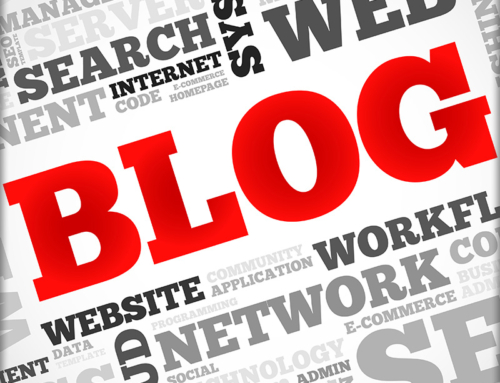Pillars and Planks
If you’ve heard the term “author platform” before, but you’re not sure what it is exactly, you’re not alone. Take it from Mark Levine, author of The Fine Print of Self-Publishing:
Simply put, a platform is comprised of all possible ways to get the word out about your book: email, websites, blogs, social media, followers, a group from the college you went to, and so on.
I like to think of a platform as an actual platform, built out of wood and nails. First, I have to get the pillars cemented into the ground (the pillars being your blog/website or social media presence). Then I start building on those pillars. Hammer in one plank (a blog post). Then another (send out tweets related to your book). Keep hammering those planks until you’ve built your platform high enough that those from afar can see and hear you. The more you get your message out there, the more people will start finding their way to your platform. Just as constructing a physical platform takes time, effort, and materials, so too will this one.
That’s a lot, isn’t it? Let’s break it down.
Author Platform Pillars
Without pillars, you won’t have a platform. In order to hammer in your planks, you need strong support beams. Those are an author website, a blog, and a strong social media presence.
A website is important because you want to have a space on the Internet that belongs solely to you. If you don’t own it, you’re subject to whatever changes the site you’re on makes. Facebook is constantly changing its algorithms, for example, and if your posts stop appearing in your fans’ feed, you’ll have no way of reaching them without paying to play. A website won’t have the same issues.
The majority of your website will probably be static pages, where information usually stays the same, where you share your bio, links to buy your book(s), and contact page. A blog, on the other hand, is your chance for constantly changing content: a way to connect with your readers on a regular basis.
Your blog is an essential part of your author platform, and although it lives on your website, blogs are mentioned separately because of their dynamic content. A blog is considered social media, just with longer content updates.
The last of your author platform pillars is your social media presence. A presence on social media doesn’t mean you’re on every single social media site, however. What are the best sites to be on? Wherever your target audience is. If you don’t know where they might be hanging out, do some research to determine which type of social media your book is suited for.
Author Platform Planks
Once your pillars are in place, it’s time to hammer in those planks. Planks build on your pillars and—to carry the metaphor through—give you somewhere to stand on and make your voice heard.
With your blog set up, you can begin posting. If you’re a nonfiction author, you can blog about the subject matter in your book. If you’re a fiction author, you can talk about topics such as your characters and your process, or tips for writing.
Planks help spread the word. They should help you cultivate followers who are so passionate about you and your writing that they’ll help you market your book. Blog posts are just the beginning—the next step is social media updates.
Remember that social media is social, and that you’re there to build relationships with people, not blast them with “buy my book” updates.
Unlike a physical platform, an author platform should never be considered complete, where you stop hammering in planks and building your platform. The bigger your platform grows, the more followers you’ll have, which will help you get the word out about your book.




